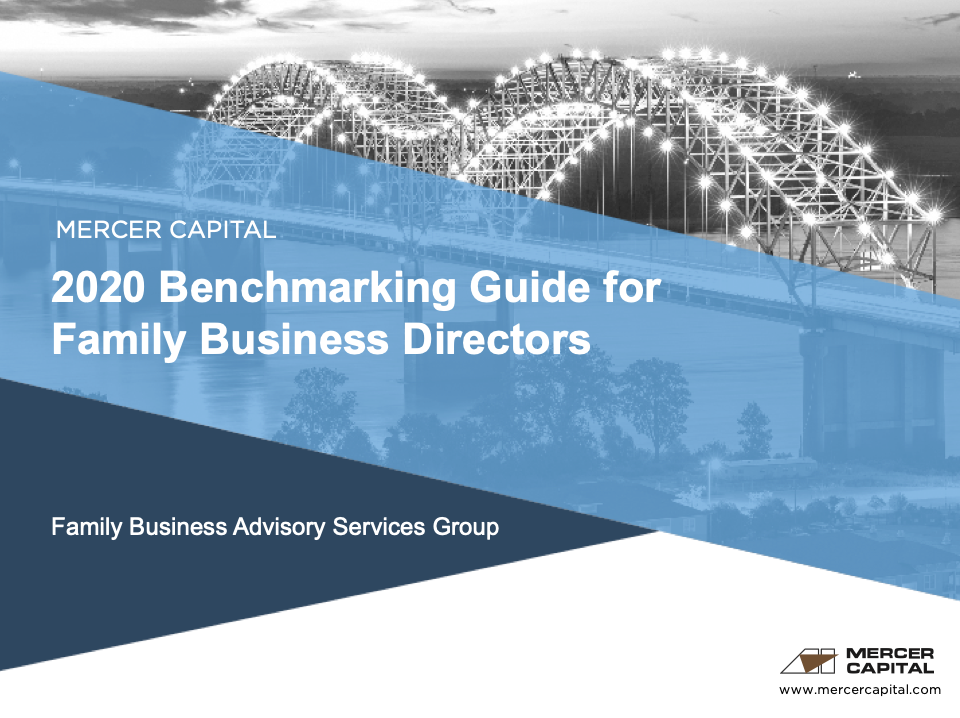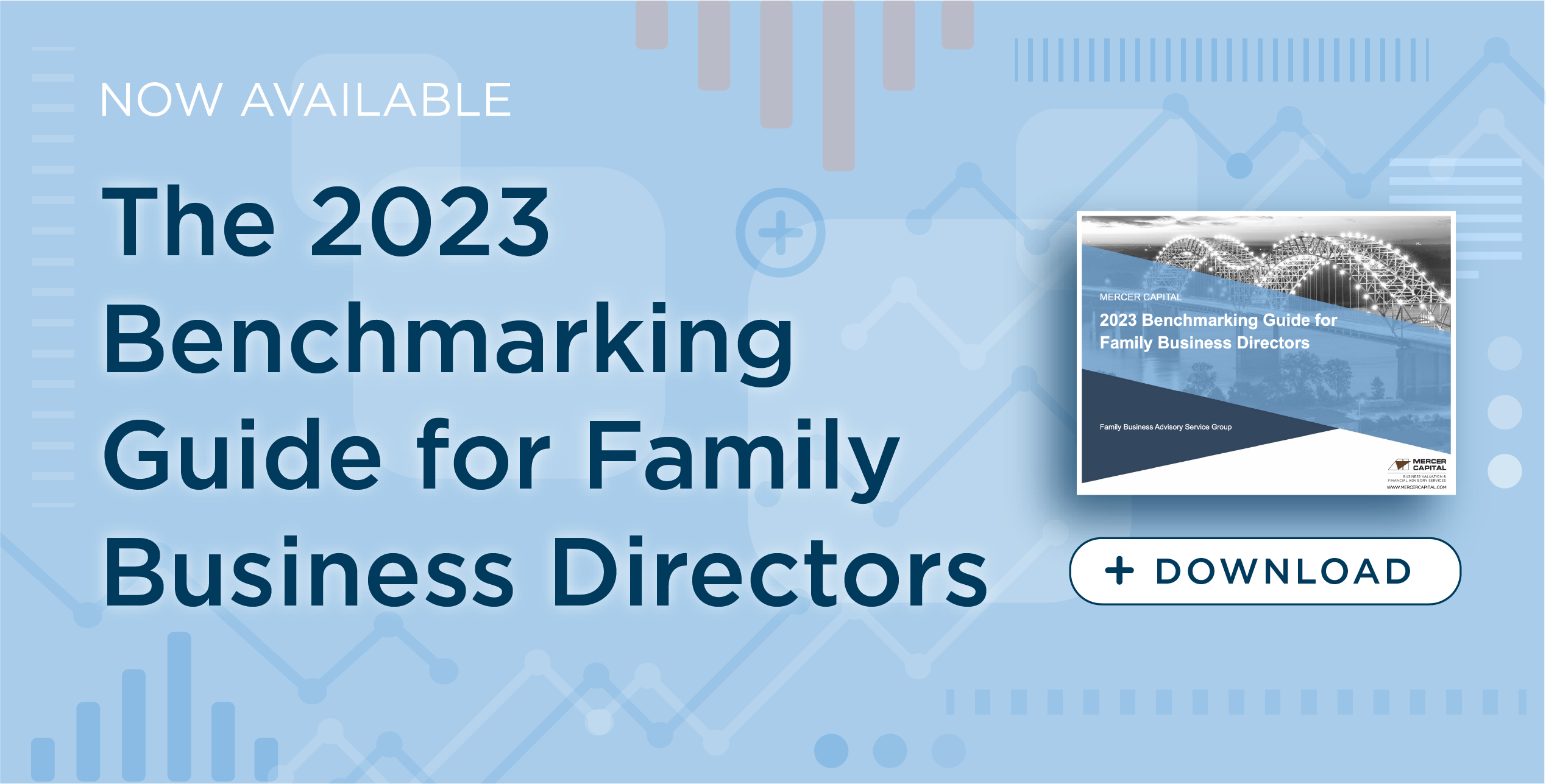Seven Questions Benchmarking Can Answer for Your Family Business
Introducing the 2020 Benchmarking Guide for Family Business Directors
Managing a family business without benchmarking data is a bit like shopping for clothes in a store with no mirrors. Without context, financial performance is hard to interpret. Directors are responsible for making long-term decisions that can influence the course of a family business for decades. Access to relevant benchmarking data is essential for directors as they contemplate strategic financing, investment, and distribution decisions.
We have structured our 2020 Benchmarking Guide for Family Business Directors around seven questions designed to provide the necessary context for financial decision-making in family businesses.
1) How much money do companies like ours make?
Family businesses often pursue a different, and broader, set of goals than public companies. However, it is important to know whether differences in profitability result from deliberate decisions or are simply a matter of inefficiency. Efficient and profitable operations are the financial foundation for each of the family’s non-financial objectives.
2) How much money do companies like ours invest?
For family businesses that aspire to be multi-generational, investment decisions are critical. Understanding how similarly situated companies allocate capital to different investment opportunities helps directors better evaluate the investment decisions they face.
3) How much money do companies like ours distribute?
Dividend policy is the inverse of investment policy. While reinvestment fuels business growth, distributions provide the means for families to diversify. Seeing how others navigate the reinvestment/distribution tightrope can help directors chart the path that best fits the needs of the family and the business.
4) How much money do companies like ours borrow?
What is a prudent, or “safe” amount of financial leverage for your family business? While the financing decision often reflects deeply ingrained family attitudes toward risk, the perspective provided by benchmarking comparisons is valuable to directors.
5) What is the hurdle rate for companies like ours?
The two ditches on either side of the investment decision are (1) over-investing, which dilutes returns on family capital, and (2) pricing yourself out of the market by setting an artificially high hurdle rate. Establishing a reasonable hurdle rate is the way to avoid these ditches. Hurdle rates need to reflect market conditions, and benchmarking is a great way to assess how market conditions should be reflected in the hurdle rate.
6) How fast do companies like ours grow?
Paying to grow for growth’s sake can bankrupt a family business quickly and stagnate growth can bankrupt a family business slowly. Healthy family businesses seek sustainable growth, and benchmarking data can help uncover the optimal growth trajectory for your family business.
7) What kinds of returns do companies like ours generate for shareholders?
Over the long-term, family capital will flow to where there are attractive risk-adjusted returns. If the family business does not provide those returns, the capital will eventually move elsewhere. Benchmarking can help family shareholders use the right yardstick when measuring family business returns.
Download your copy of the 2020 Benchmarking Guide for Family Business Directors below.
To explore how we can help you customize a benchmarking analysis for your family business, give one of our family business advisory professionals a call.
 Family Business Director
Family Business Director 












